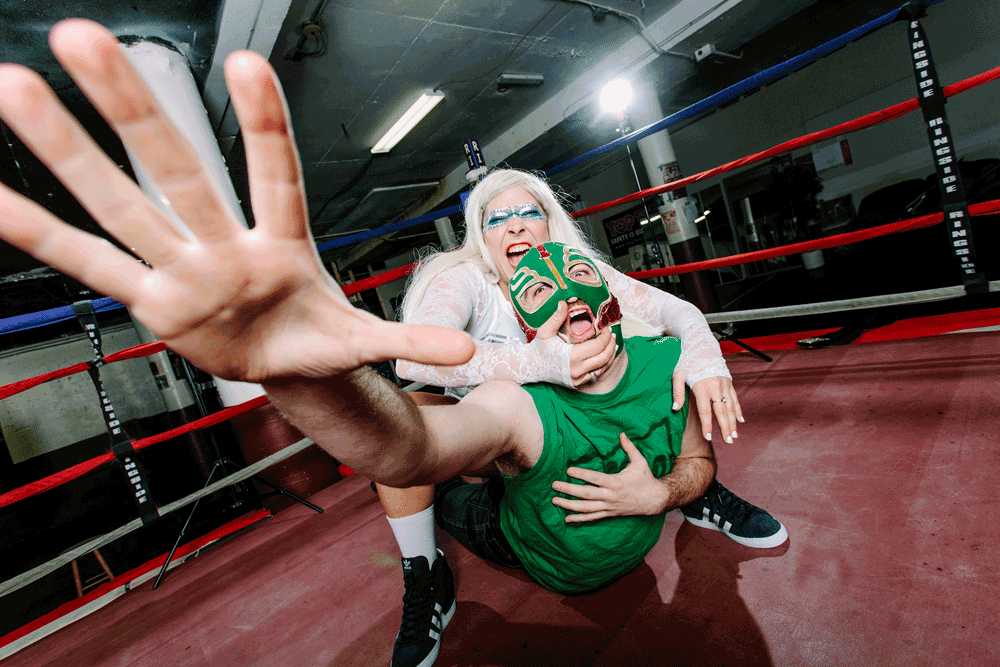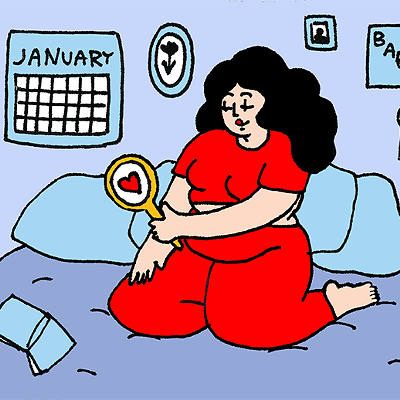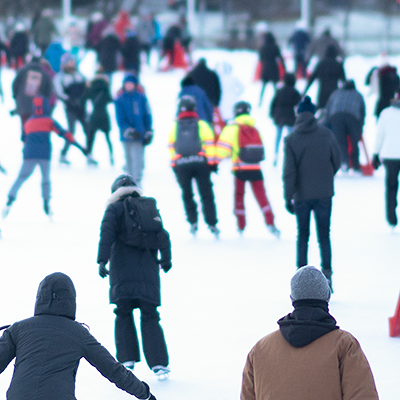Just ask any pro wrestler and they'll tell you wrestling truth: the blood, sweat and tears are real. In entertainment wrestling, pain and pleasure form an almost-perfect union of athletic excellence and performance art. Still, wrestling is critiqued for its over-the-top campiness, which happens to be the same reason why it has one of the most passionate, loyal fan-bases in sports.
"In wrestling, you need everything," says Cyril Richards, CEO of Halifax's newest event outfit, Twin City Wrestling Promotions. "Strength, endurance, charisma, marketing, the more you bring to the table, the better."
TCW, with its roster of 12, is part of Halifax's wrestling renaissance. From the 1970s to the early 2000s, Grand Prix Wrestling started life-long careers and brought international stars to the Maritimes. The Halifax Forum was routinely packed with screaming fans, swinging chairs and spine-cracking power slams. Televised matches on ATV connected rural audiences, and Grand Prix left a wrestling legacy that has recently seen resurgence.
And I want in.
There are only a few active women wrestlers in Nova Scotia, and women are vastly outnumbered on wrestling cards across North America. But since the moves and skills needed for wrestling are not gendered, training could be undertaken with a pro-for-hire or at any number of wrestling schools from Saint John to Mexico. But for a true ladies match, we need more ladies.
Women wrestlers have been popular in the sport since its beginnings, especially in indie and local circuits. We're talking strong, powerful and terrifying women. But in the last decade, there's been a difference between independent pros and the Divas of the WWE, wrestling's biggest and most popular franchise. Once capable opponents, these days Divas essentially model lingerie, so much so that the WWE Divas declined an interview because they're not "conventional" pro wrestlers.
As a result, indie lady wrestlers face a unique set of challenges establishing themselves, partly due to WWE's projections of women as sexy accessories to male counterparts, and to gender politics in general. But this challenge is the most attractive feature.
"Women's wrestling is an inspiration for young girls to show that we don't have to fit into the usual female roles," says indie champion Lexie Fyfe of west Florida's Slammin' Ladies, a group of over 100 indie women wrestlers. She says it takes dedication to training and creativity to make it.
"You have to look the part and then have the confidence to back it up," says Fyfe. The most important factor to fitness is to fully accept your body as it is and then discover who you want to be.
Enter Snowbird, inspired by Anne Murray's 1970 song, signifying the era of wrestling's entrance into pop culture and to Springhill, the hometown of both Murray and WWF star The Mongol (Newton Tattrie). Signature move: the camel clutch. I've got the stealth and reach of a crane, as innocent and as fresh as fallen powder. But it's only a matter of time before I go for the eyes.
Coordination is a skill. Some wrestlers wing it and ring it; others meticulously plan each match. The best way to start training is to watch a lot of wrestling. Then practice with a wrestler or a friend who loves wrestling. I learned a few choke holds, the Boston crab and leg drops with The Grapplin' Graboid (AKA Adrian Bruhm), while thinking about what it takes to become a champion.
Lincoln Steen, a TCW heel and wrestler of over 14 years, says respect makes a good wrestler: "Respect for those who paved the way. Respect for those in the ring. Respect for the fans. After that, it's about showmanship and athleticism. You need to be an athlete." But being an athletic wrestler requires more finesse and coordination than it does a six-pack.
"I've been in the ring with 400-pounders that had better wind than some of the hard-body athletic-looking characters," says Steen. "Being in shape and looking like you are in shape are two very different things.
"Wrestling isn't fake. Sure it's meant to entertain, but even the most basic of matches, with minimal impact, takes its toll on the body," Steen adds.
Avoiding danger is part of the art, as are the rivalries and alliances, and the pace and details of the storytelling. But wrestling also needs its audience.
"There is magic in wrestling that can't be performed in any other art form," says Jason Eisener, Dartmouth filmmaker who, with Tyler Ross, Evan Elliot and crew, filmed a three-part special of TCW matches to air on Eastlink later this year. He says some of his favourite wrestlers are women. "Women's matches tend to have more energy and be more ferocious than male matches. The wrestling world can be very hard for women wrestlers, so when you do get the chance to see a female wrestler perform, you can feel the passion and hard work they put in."
Often, the degree of acceptance of women in the ring depends on each particular company. "But what is awesome about TCW is that it's down and dirty, low-budget and for the love of wrestling," says Eisener. "I'd love to see more local women wrestlers. I know TCW would, too."
After a successful first year, with 11 shows across Nova Scotia, TCW hopes to invite women wrestlers from other provinces to local matches, with the eventual goal of permanent regulars.
"I think the real art of pro wrestling is if you can make the fan think, 'Is what I'm seeing real?'" Steen explains. "That's art, making someone forget about reality for a moment."
This subtle effect–belief–is worth the time, money and potential risk: true entertainment.
"The biggest challenge is separating the dream from the reality. The dream for most is to wrestle in huge arenas with thousands of screaming fans," says Steen. "The reality is that sometimes it's in front of 25 people in a bingo hall." But it is no less entertaining or marvellous.
Pro wrestling, and even wrestling as a hobby, is a serious commitment. After watching TCW live, and witnessing the audience going wild, I realized I could do this with the right training and attitude.
So where should a prospective lady wrestler begin? Eisener suggests delving into the video history of wrestling (start with G.L.O.W.). Steen recommends finding a reputable trainer (most begin with apprenticeships under a wrestler whose style they admire), and always take the craft seriously.
"Find a good wrestling school that treats women the same as the men," Fyfe advises. "You don't want to go to a school that will just put you on shows because you're a girl. You want one that will teach the same moves as guys." Damn right. Reach out to women wrestlers for advice and tips.
Ultimately, says Eisener, the best way to get into it is to "check out some local live wrestling with a bunch of friends, and let the spirit of wrestle enter your soul."
See you in the ring.












